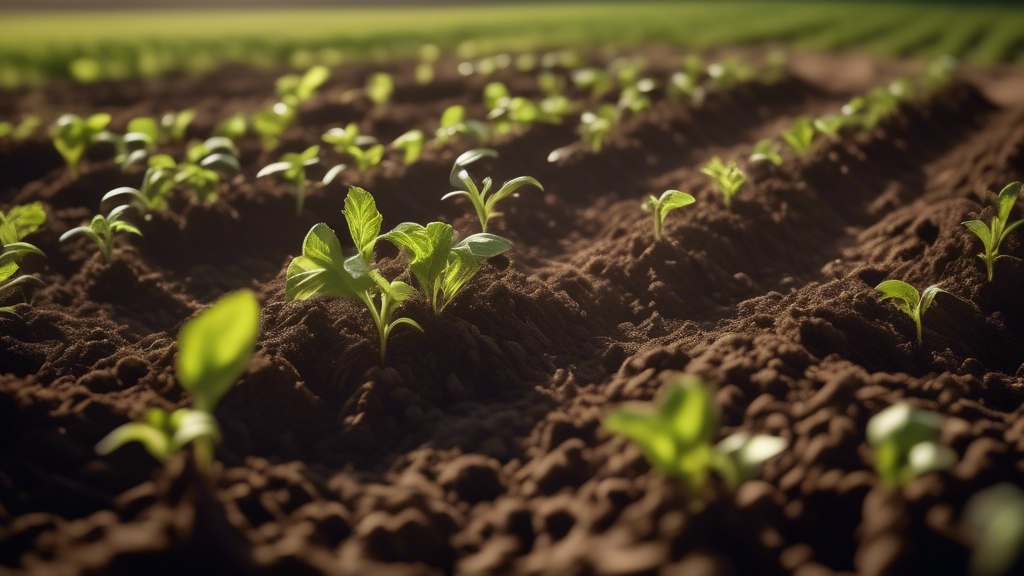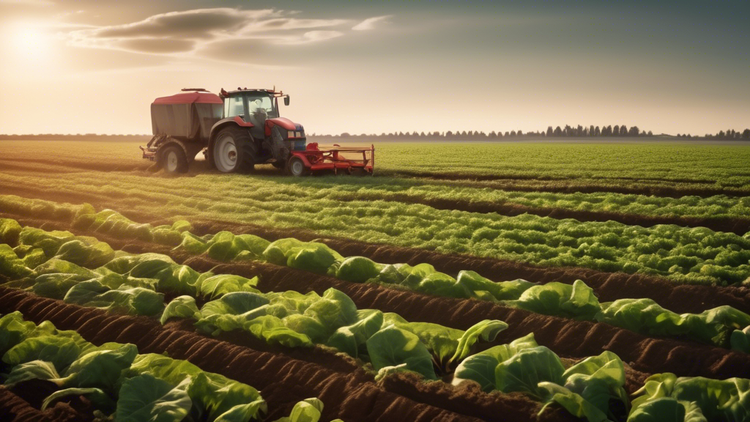Regenerative Agriculture: Restoring Soil Health and Enhancing Food Security Amid Environmental Challenges

With increasing awareness around environmental issues and sustainability, regenerative farming has emerged as a promising approach to restore soil health and enhance food security. At its core, regenerative agriculture focuses on holistic land management practices that enrich soil, boost biodiversity, and promote ecosystem resilience. This modern yet traditional farming method could hold the key to addressing some of the most pressing challenges in agriculture today.
Defining Regenerative Agriculture and Its Environmental Benefits
Regenerative agriculture encompasses a variety of practices aimed at restoring degraded soil through natural inputs like manure from grazing animals, rotational grazing, multi-species pastures, and restoring natural water cycles. Such techniques are essential for maintaining the integrity of the soil and fostering communities of beneficial microbes and insects, promoting a healthier ecosystem overall.
Moreover, one of the most profound benefits of regenerative agriculture is its potential to combat climate change. Reducing greenhouse gas emissions from food production and restoring local ecosystems not only enhances biodiversity but also fortifies community well-being. By integrating methods like intercropping and companion planting, farmers can create synergistic relationships between different plant species, improving soil productivity and reducing the need for chemical inputs.
The Role of Farmers and the Importance of Local Farms
Farmers play a crucial role as custodians of the land. They manage not just crops but also the soil, microbes, and biodiversity that sustain agricultural systems for future generations. Techniques such as intercropping and companion planting further emphasize the importance of biodiversity in farming, allowing multiple crops to benefit from each other and ensuring long-term soil health.
Supporting local farms is equally important. These farms often engage in sustainable practices, maintain traditional knowledge, and ensure that farming techniques are passed down through generations. This support is fundamental for retaining the cultural and ecological heritage associated with sustainable agriculture practices.
Financial and Regulatory Aspects of Regenerative Agriculture
Despite its benefits, regenerative agriculture faces challenges that stem from outdated financial support systems. Reports from the Yale Center for Business and Environment highlight the necessity for innovative financing models that can support this new wave of agricultural practices. Traditional financial tools often leave regenerative farmers behind, underlining the need for a shift in economic policies to embrace sustainable farming practices.
Furthermore, linking regenerative agriculture with restorative aquaculture has shown potential to enhance food system resilience. This integrated approach can lead to ecosystem-level management of coastal foodscapes, improving overall sustainability. However, regulatory aspects cannot be ignored. For instance, the European Union’s regulation aiming to cut synthetic pesticide use by 50% by 2030 has sparked diverse opinions. While some view it as a step towards environmental conservation, others worry about its impact on food security.
Here's a thought to consider: The transition to regenerative farming and away from excessive pesticide use is not just an environmental imperative but also a social and economic one. The overuse of pesticides has devastating impacts on pollinators and ecosystems, emphasizing the need for environmentally friendly pest control methods. As we navigate these changes, it's crucial to develop supportive policies and financial mechanisms that empower farmers and protect our food systems.
Looking for updates? Sign up to our newsletter for weekly snippets.





